
What is strength training for runners?
Runners’ strength training is performing exercises against resistance to increase muscle power and endurance. The form of resistance you use will depend on your fitness and goals - and what you have available. If you’re new to weight training, for example, you’ll probably want to start with body weight exercises, before moving on to resistance bands and weights. And if the thought of joining a gym is putting you off, don’t worry, you can work out at the gym if you want, but it’s not essential. There are plenty of strength exercises for runners that can be done at home with little or no equipment.
Is strength training necessary for runners?
We’re not going to tell you that you have to do running strength training, but the benefits are well worth the effort. Supplementing your miles with muscle strength exercises can not only take your running to the next level, it can also boost your health in general. Some of the benefits include:
Improving your running economy
Simply put, running economy is how efficiently your body can convert oxygen consumption into forward motion. Stronger muscles can create more force to push off the ground, making each stride more efficient and therefore improving running economy. This means you won’t tire out as quickly and will be able to maintain your gait for longer - crucial if you’re tackling long distances.
Helping you to run faster
Strength training can help you to run fast. It can increase your maximum sprint speed by improving neuromuscular coordination - also known as ‘motor
control’ or ‘muscle memory’. In other words, communication between your brain and the muscles you use to run becomes smoother and faster, allowing your muscles to respond a little quicker.
Preventing injuries
By strengthening your muscles and connective tissues, you can reduce stress on your joints, cartilage and bones, helping to reduce the risk of overuse injuries. Strong muscles are also less likely to tear. And weight training is shown to increase bone density.
Improving your general health
Weight training for runners increases your lean body mass and can delay age-related muscle loss. If losing weight is one of your goals, adding more lean muscle mass will increase your metabolism, so you’ll burn more calories while you’re exercising and at rest.
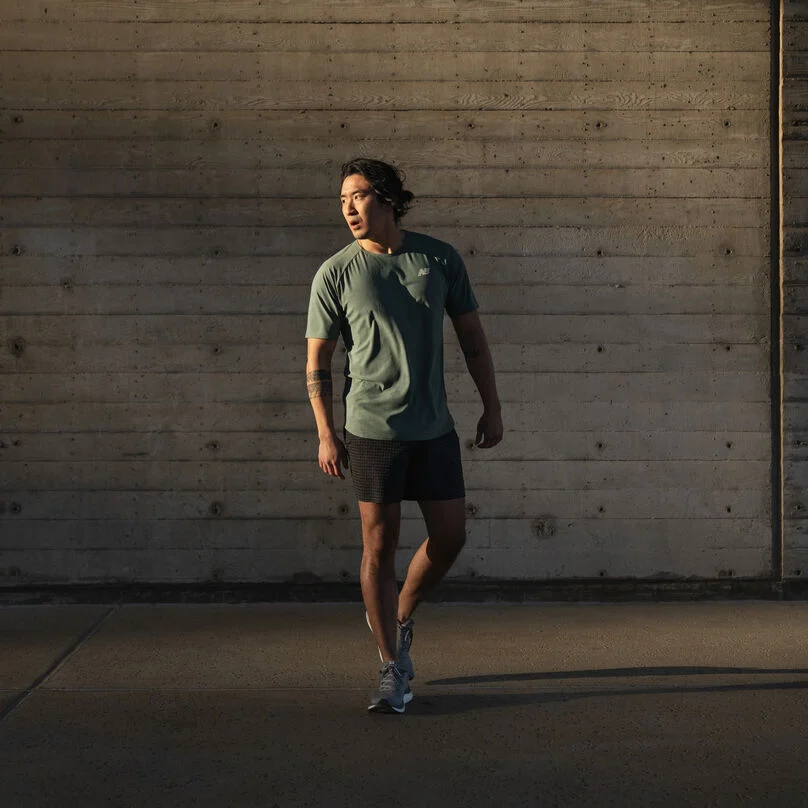
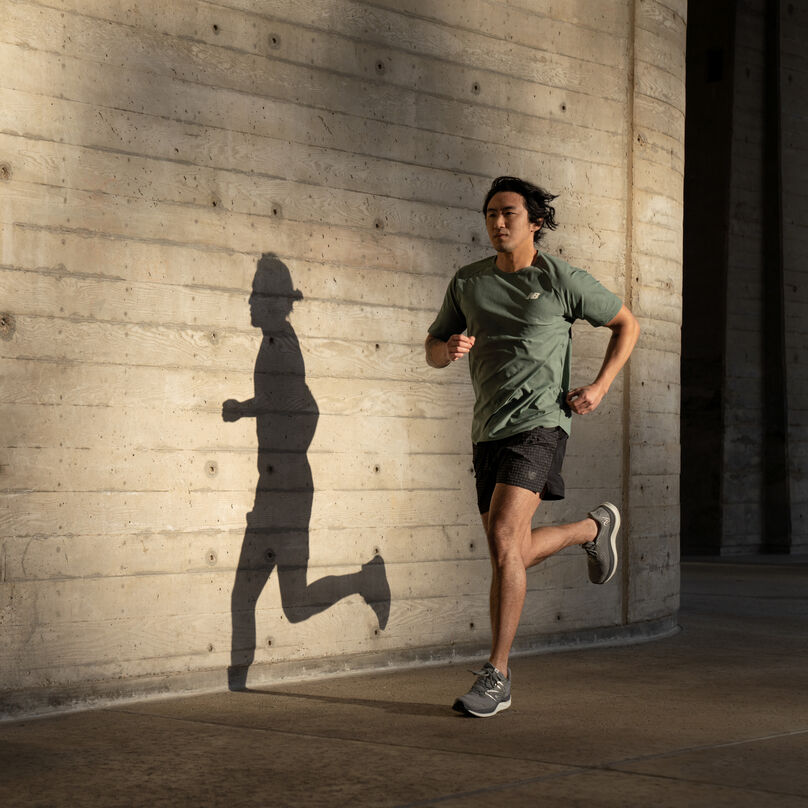
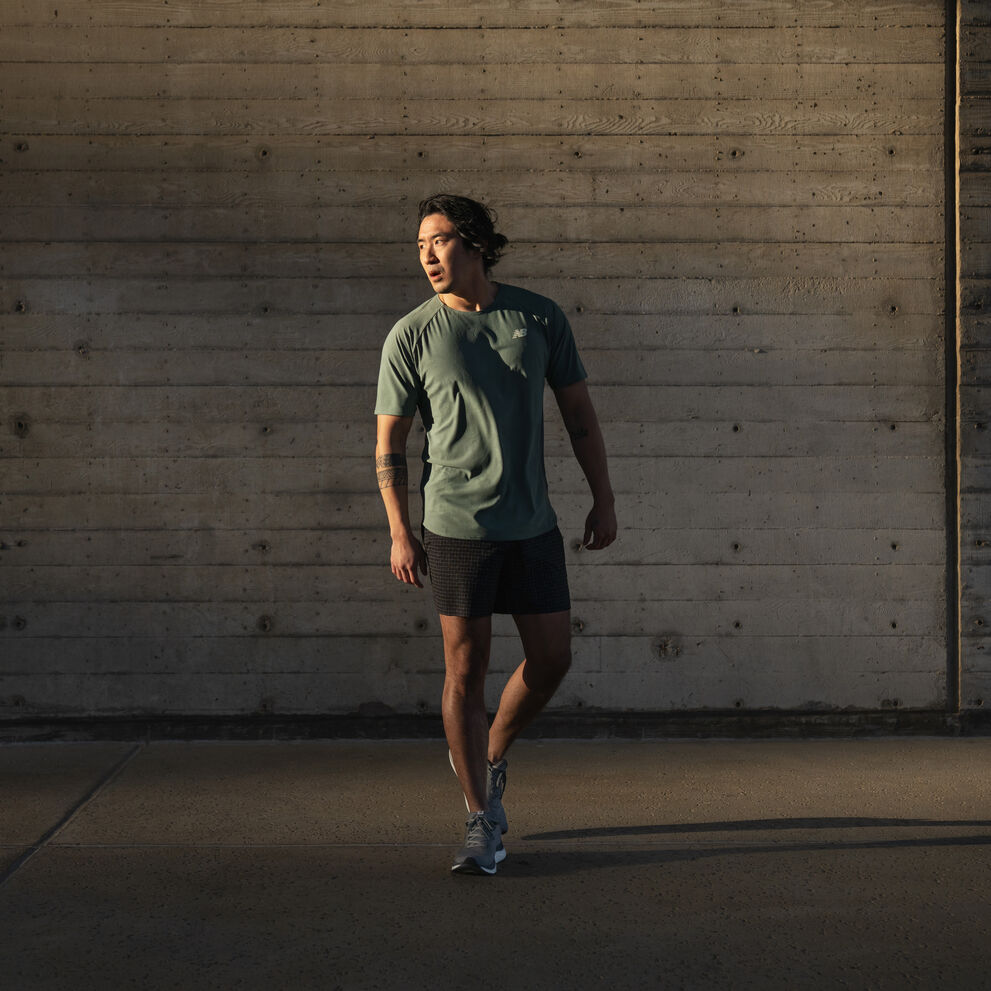
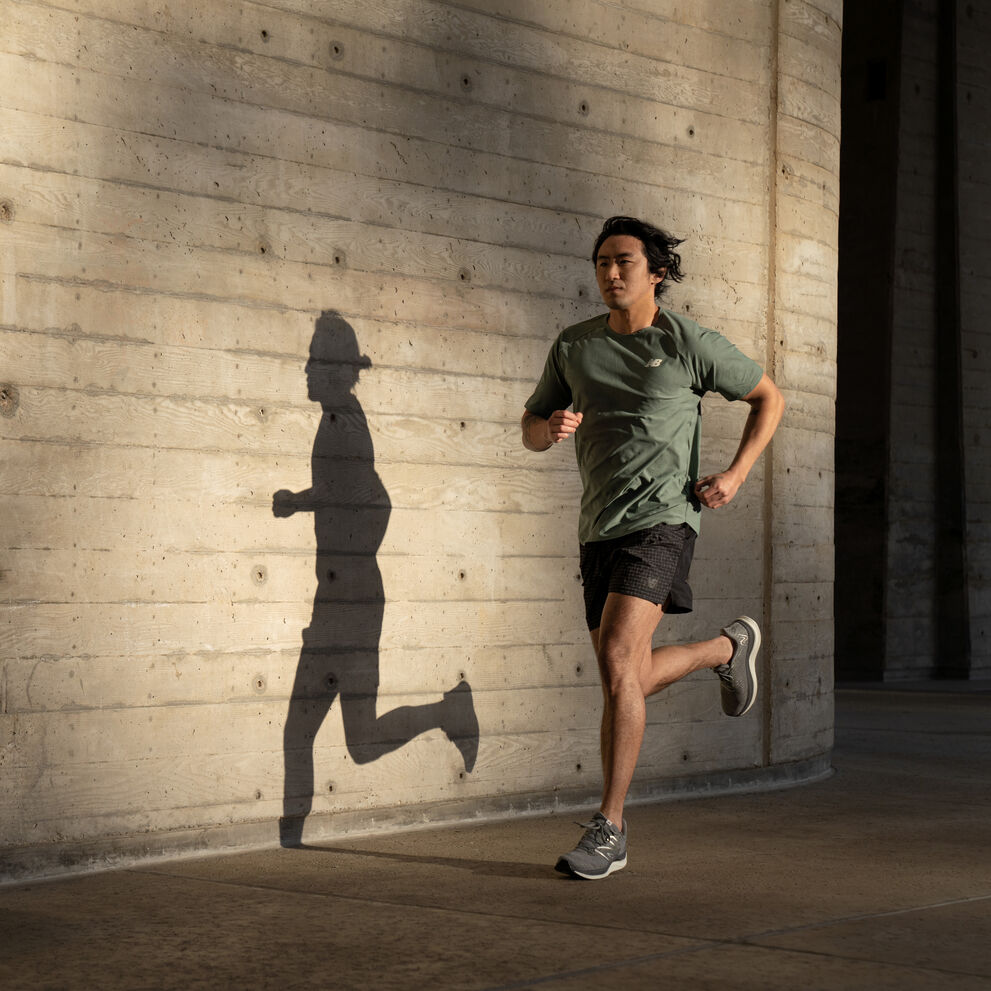
What are the best strength training exercises for runners?
While you obviously want your legs to be as strong as they can be, the best strength workout for runners includes the entire body. When you’re running, your arm motion drives your legs, so strong arms, shoulders, back, and chest are important. A strong core - the muscles that surround and support your spine - minimises unnecessary side-to-side movement for a more economical form. And don’t forget your glutes and hips, as weakness here can lead to knee pain and injury. You can either incorporate the full body into all your sessions or if you prefer, you can focus on different body areas on different days.
There are so many great strength exercises for runners, here are some examples:
Lower body - squats, deadlifts, lunges, step-ups, and calf raises
Core - planks, glute bridges, and back extensions
Upper body - push-ups, pull-ups, rows, and reverse fly
Compound exercises that target multiple joints and muscle groups - such as squats and deadlifts - are particularly beneficial for runners. Not only do they allow you to get a full-body workout in a shorter time, they use a much wider range of movement than isolation exercises and are functional - meaning they prepare your body for real-life movements.
It’s important to incorporate single-leg - or unilateral - exercises into your runners’ workout, as running itself is a series of unilateral movements. We’re often stronger on one side, so this is a great way to build up our weaker side. Try adding step-ups, single-leg deadlifts, split squats, or lunges to your running exercises.
When to do strength training for runners?
Running can be demanding enough of your time and that’s before you try to fit strength training into your schedule. So if you can only fit in one session around your runs, one is better than none, but two or three sessions a week is ideal.
There are differing opinions about when you should do your running strength exercises. With no fast rules, it’s about finding what works for you and fits into your life. Generally speaking, you want go to into long or hard runs with fresh legs, so avoid an intense leg workout 48hrs beforehand. If you’re running and doing strength exercises on the same day, it’s easier to run before, rather than after. And make sure you still have rest days!
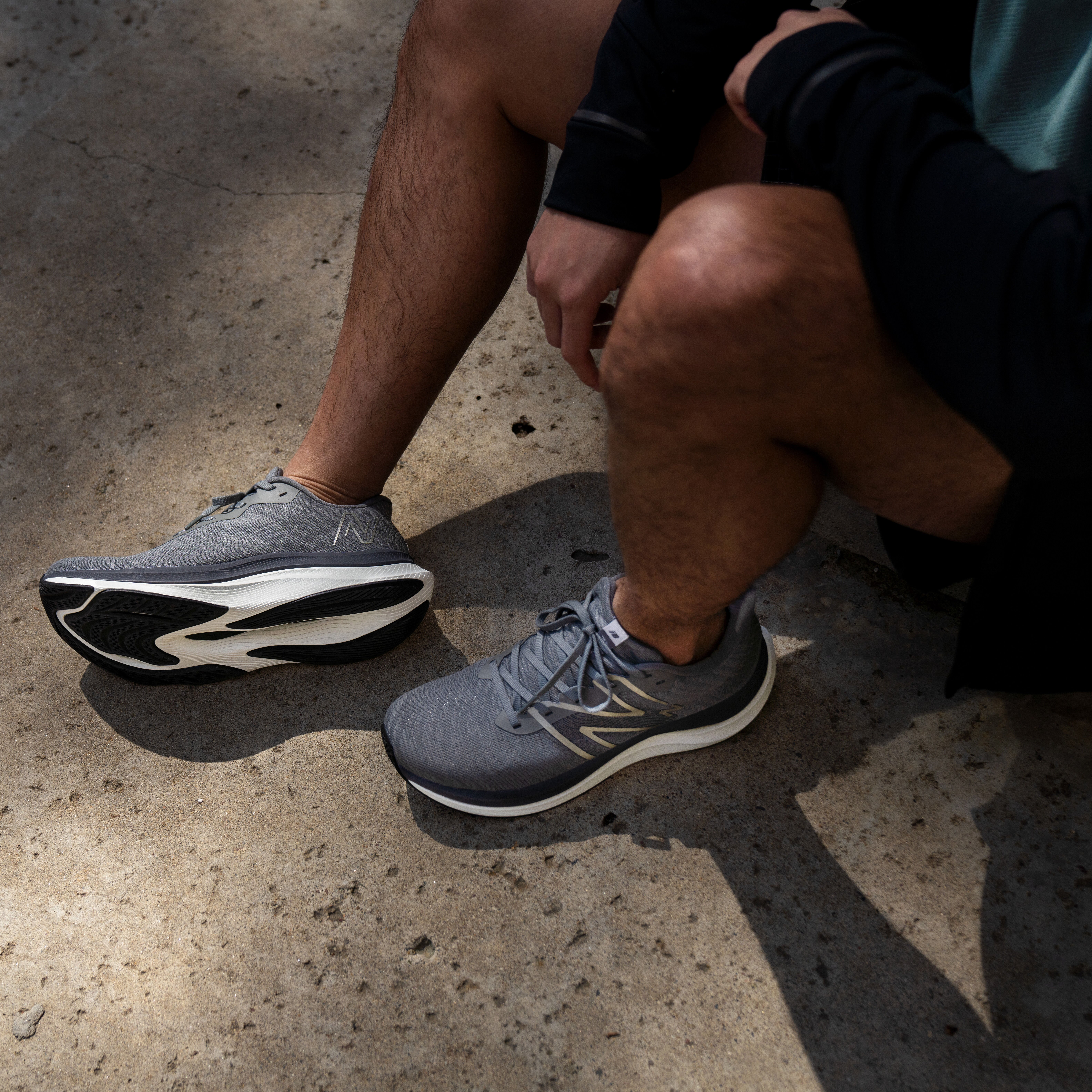
The ultimate runners strength training plan
Not sure where to begin? Here’s a great runners strength training plan to get you started. We’ve chosen exercises that require little equipment and can be done anywhere, so there are no obstacles in your way.
Before you get going, make sure to warm up properly to prevent injuries. Do 10 repetitions of each of the exercises below with 15 seconds rest between each exercise. Repeat the circuit three times. Don’t forget to have a good stretch after you complete your workout.
1. Glute bridges
• Lie on your back with your feet firmly planted on the floor
• Keep your arms by your side, palms pressing into the floor
• Raise your hips towards the ceiling while squeezing your glutes and engaging your lower abs
• At the top, your knees, hips and shoulders should be in a straight diagonal line
• Hold for a few seconds, slowly lower your body and repeat
• To make this more challenging, hold your arms outstretched above you
2.Squats
• Stand with your feet a little more than hip-width apart, toes pointing slightly outwards
• Bending at the knee and hip, lower yourself down as though sitting down on a chair
• Keep your knees over your ankles and your chest up - think about your bum going backwards
• When you’re close to a sitting position, push up through your heels and return to standing
• To make this harder, hold a weight at chest height
3.Push-ups
• Get into a plank position
• Bend your arms at the elbows while engaging your core
• Slowly lower yourself so your chin is almost touching the floor
• Push back up again and repeat
• If it’s too challenging, have your knees on the floor
4. Lunges
• Stand with your feet shoulder-width apart
• With one leg, take a big step forward and lower your body and rear knee towards the floor, making sure it doesn't touch
• Keep your front knee over your ankle and your chest up
• Push back up to standing using your front leg and step it back to meet your rear leg
• Repeat alternating your lead leg
• To increase difficulty, hold a dumbbell in each hand by your side
5. Back extensions/Supermans
• Lie face down with your hands by your ears, palms facing down
• Lift your chest, shoulders, and hands off the floor, squeezing your shoulder blades
together
• Keep your head in line with your body to avoid straining your neck
• Lower back down and repeat
6.Single-leg Romanian deadlifts
• Start in a standing position, with toes facing forward and light weights in both hands
• Shift all your weight to one leg
• Lift the opposite leg behind you and lower the upper body towards the floor simultaneously until they’re in a horizontal line, with your arms extended towards the floor
• Return to the start position and repeat on alternate legs
Now all that’s left to do is get started! It may seem a little daunting, especially if you’ve never done any weight training before, but the benefits are well worth it. Who knows, incorporating strength training into your routine could be the key to unlocking your full running potential. And there are ways to eke out even more from your running performance, like having the best kit. Our running trousers, running T-shirts and performance socks could give you that edge you need.


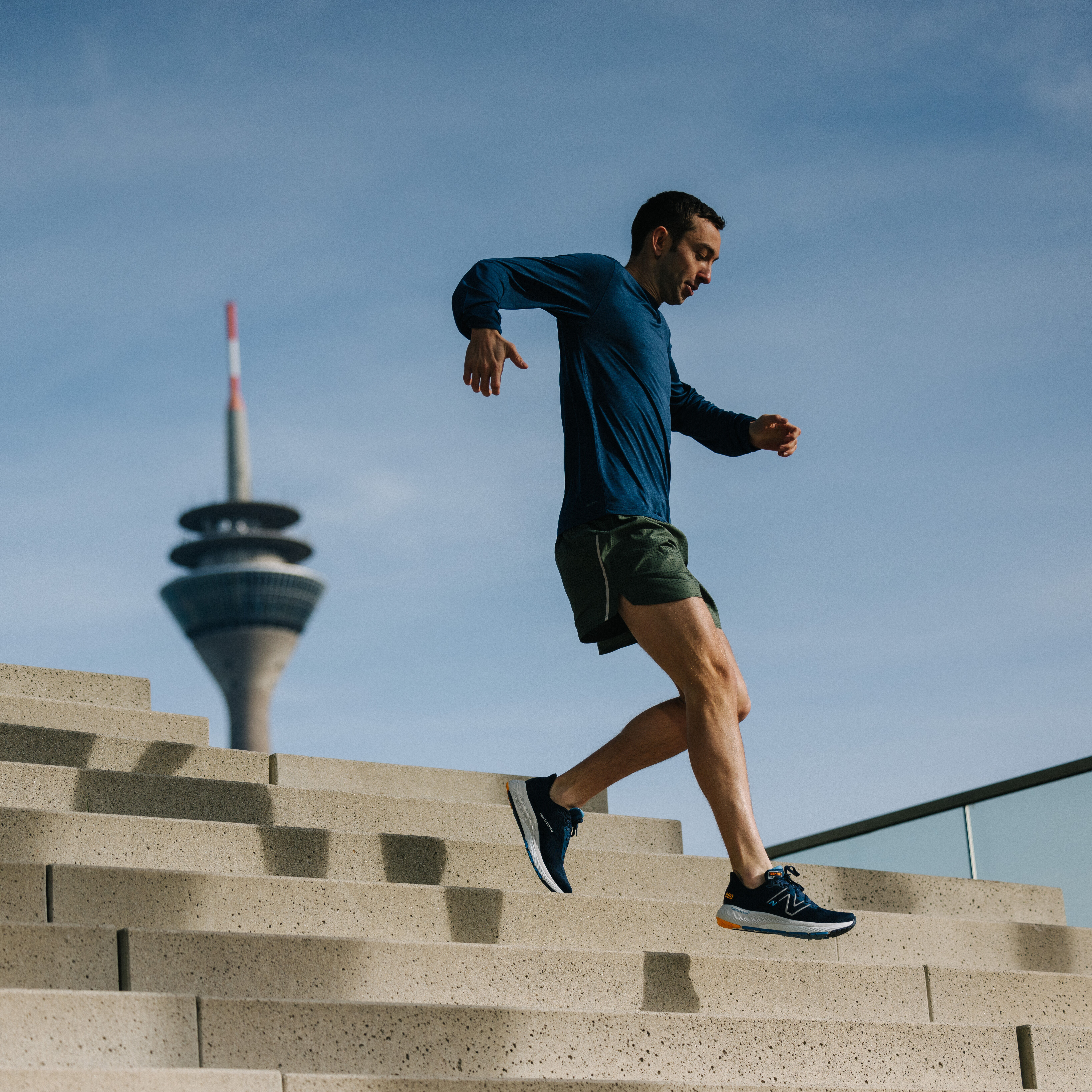
-square.jpg)